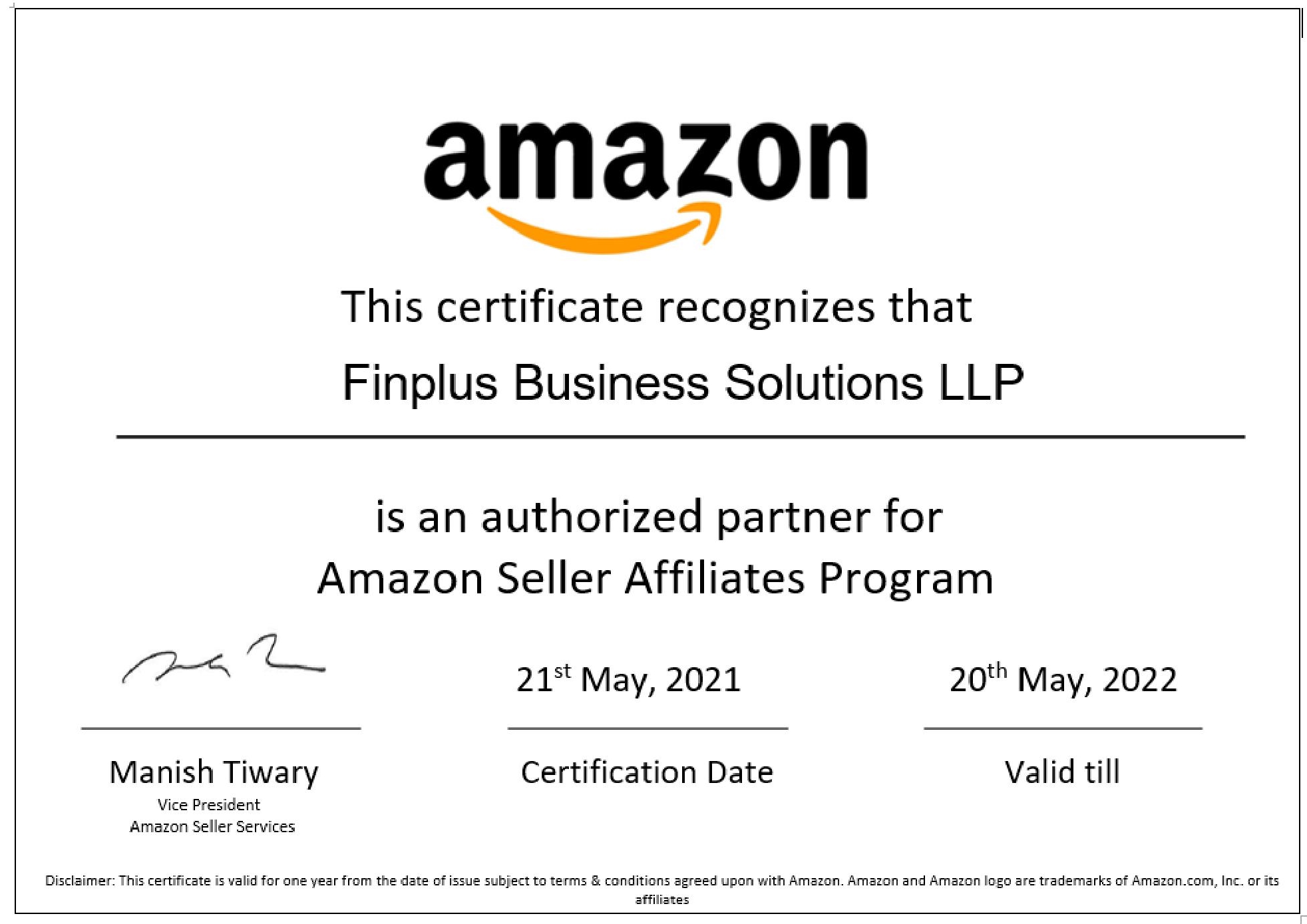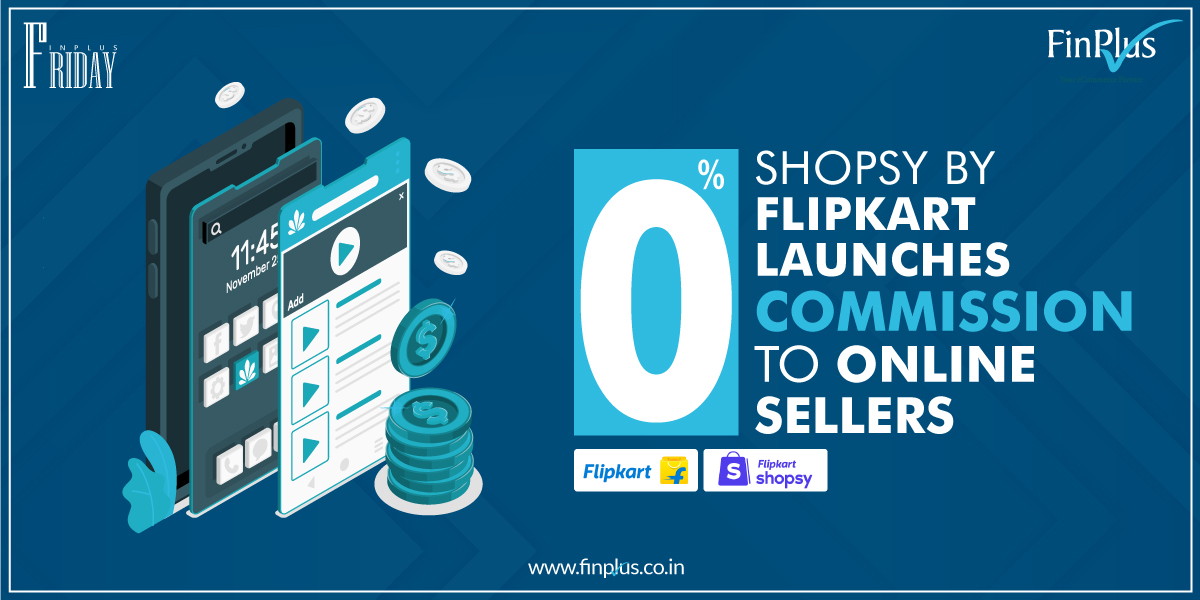
How to Maintain a fast E-Commerce Website

A speed is a great place to start. So, whether you’re redesigning your eCommerce website from scratch, or you’re looking into new ways to improve the experience your site offers.
A site that’s slow to load can be hugely damaging to a business hoping to attract online shoppers. Speed is an essential consideration when designing and running an ecommerce website.
Research suggests that every second counts in ecommerce. Recent figures reveals that a page response delay of just one second can result in a 7% reduction in conversions.
Following are the tips that could help reduce page loading times and keep customers interested.
Create a Simple Design
Keep your ecommerce website design clean and minimal, to ensure that buyers can see what they’re looking for at a glance. A cluttered site isn’t unappealing to the eye but also takes longer to load than one that’s been simplified. Its clean, well-thought-out design is invaluable when it comes to boosting conversions, reducing loading speeds, and ensuring the smooth, fast running of an ecommerce site. It’ll give customers a better impression of your business, and allow your products to take center stage on a site that puts them in the spotlight. This will keep demand on the site to a minimum, while still providing customers with everything they’re looking for.
Content Delivery Network options
Content delivery network, or also known as CDN, could well be the secret weapon you need to make your site faster. A CDN is a group of servers with locations all over the globe, which keeps sites running faster by using the servers that are nearest to site visitors. The difference in loading speeds is usually just a matter of seconds, but for ecommerce websites, these seconds couldn’t be more important.
Speak to your hosting provider about whether or not your site would benefit from CDN, and start investigating how technology to make your site faster. You’ll be amazed at the difference those faster loading speeds can make.
Quality size pictures
Those beautifully shot, high-resolution images of your products might look incredible, but they could spell trouble for your website if they’re not optimized before they’re uploaded. Check the images on your site are compressed as much as possible, and make sure you’re thinking about page load speeds every time you add a new image to your pages.
By correctly formatting every image you upload to your site, you’ll cut back on unnecessary work, and dramatically reduce the loading speed of your pages. You won’t lose image quality either, as compression should not make a real difference to how your images look on your site. Start by auditing your site to see whether images have been compressed correctly, and replace any that haven’t with more web-friendly versions.
Back up on menu options
Check how many options visitors see when they view your menus and try to reduce these if you can. The more complicated a site is, the longer it’ll take to load.
Endless menu options can leave visitors feeling confused about which pages they need to look at to find the information they’re searching for. If you cut back on any unnecessary pages, you’ll improve the user experience your site offers, and you’ll likely increase conversions at the same time.
Analyze data on user behavior to see which of the options get the most use, and remove any that aren’t getting much attention from your customers. A streamlined menu will help customers to find the products they need quickly, and they’ll thank you for it by shopping at your eCommerce website more often.
Accurate image dimensions
If your website doesn’t yet specify the dimensions of the images on its pages, you could be missing a trick. By specifying the height and width of every image you need your site to load, you’ll save a considerable amount of loading time as users browse your site.
When you specify these dimensions, you effectively outline how much space needs to be left for each image, so a placeholder can be generated. This means that the browser can load images and other content on the page simultaneously, rather than waiting for an entire image to load before going on to other tasks.
Your site should also be automatically adapting the sizing of its images depending on the device users are accessing it from. For smartphones and tablets, image sizes will need to be quite different from those being shown on desktops.
Reduce database access with caching
If a database is being accessed to be able to save time by making better use of caching and in-memory databases.
Check whether your site is fully equipped to use all available technologies to ensure that repeated database access isn’t holding you back. Caching can dramatically improve the speed of your site, offering a far better experience for loyal customers.
Store all the information users need to be able to get the most from your site, and they’ll be able to access the pages they want to see far more quickly every time they start browsing your store. It’s an important consideration for repeat customers, as not only are these visitors far more likely to convert, they’re also likely to spend more each time they shop on your ecommerce site.
Conclusion
A fast website that makes life easy for consumers will always provide better conversion rates than one that’s a chore to navigate. Make sure your website provides a standout experience for every customer by paying attention to loading speeds and reducing them as much as possible. In doing so, you’ll ensure your site provides all the information customers are looking for, and they’ll keep coming back to it time and time again.For more tips and tricks on reducing the speed of your website take a look at https://www.finplus.co.in/
Write to us at enquiry@finplus.co.in or call us at 022 6698 8952 Mobile:+91 932 690 6669.





